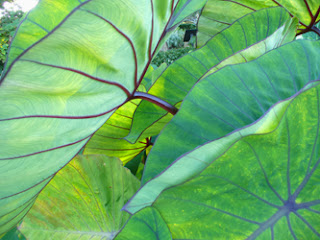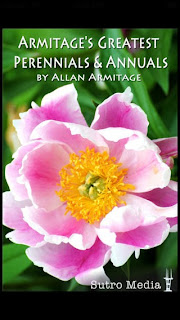Once upon a time, 25 years ago, a young(ish) new homeowner accompanied a much wiser more experienced gardening friend to one of her favorite places to shop for plants. I’m not sure it had a name at the time, but it now is known as Farmington Gardens. It was located a short distance west of Jenkins Estate on the other side of the road from what is now a well established, full service garden center. At the time, there were a few hoop houses and, if memory serves, just a few trees and shrubs and a lot of annuals for sale. What I remember best and fondly is Farmington Gardens’ owner David Eshraghi helping me stuff every square inch of my Honda Accord full of plants, the most memorable of which was a white flowering dogwood. That’s when I got bit by the gardening bug. Needless to say, I made many return visits alone and with friends.
I returned to Farmington Gardens recently for an after-hours meeting. My how the place has changed from my very first visit! They now have lots of covered shopping space and a vast array of plants to choose from—if I was prone to exaggeration I would say bazillions, many of which are grown by Farmington Gardens’ wholesale counterpart, Eshraghi Nurseries. If you’ve never been to Farmington Gardens before, here are a few photos to whet your appetite for a visit. You’ll see lots of fall color if you visit now. (Pssst: Eshraghi Nurseries is highly regarded in the trade for their conifers and Japanese maples!)
Tell us your favorite nursery story (in the comment box or by emailing me at amurphy@oan.org).
I returned to Farmington Gardens recently for an after-hours meeting. My how the place has changed from my very first visit! They now have lots of covered shopping space and a vast array of plants to choose from—if I was prone to exaggeration I would say bazillions, many of which are grown by Farmington Gardens’ wholesale counterpart, Eshraghi Nurseries. If you’ve never been to Farmington Gardens before, here are a few photos to whet your appetite for a visit. You’ll see lots of fall color if you visit now. (Pssst: Eshraghi Nurseries is highly regarded in the trade for their conifers and Japanese maples!)
Tell us your favorite nursery story (in the comment box or by emailing me at amurphy@oan.org).
 |
| Purple Prince Crabapple |











































